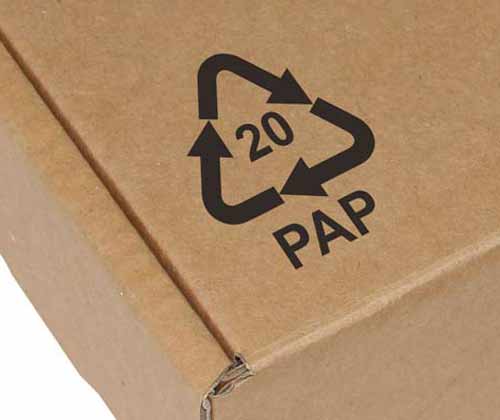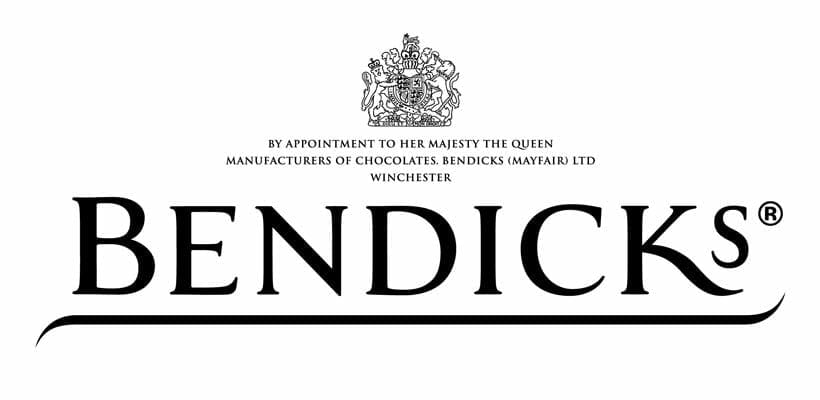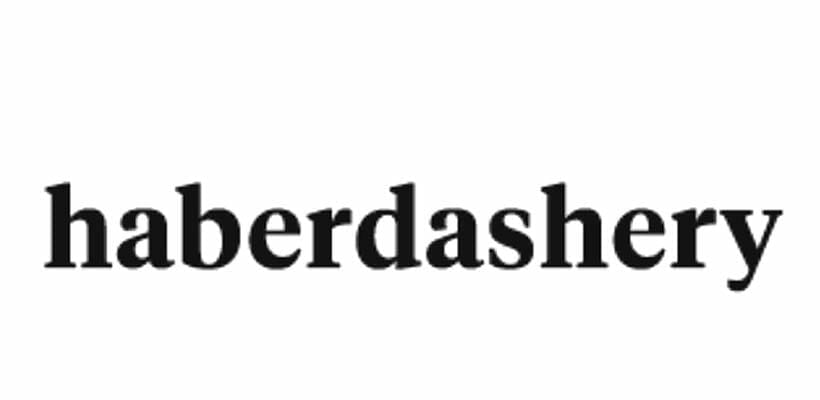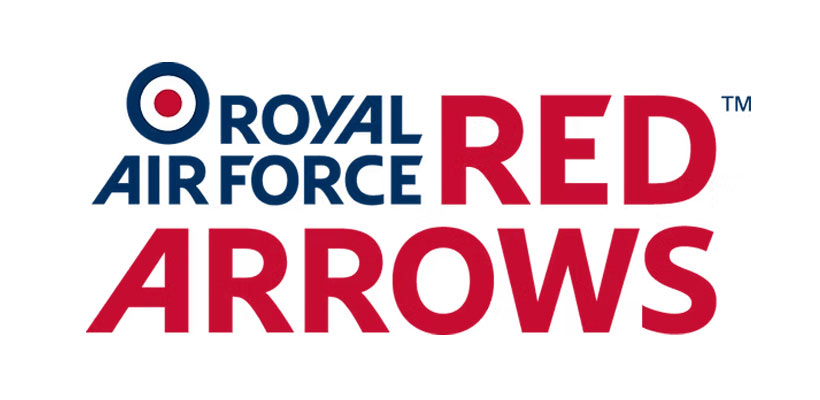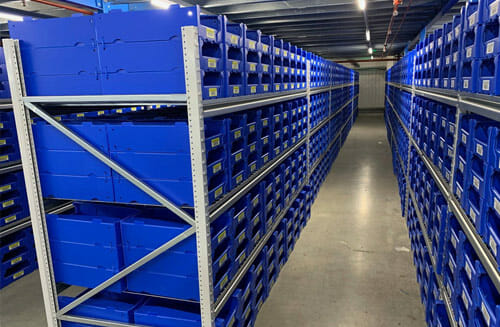Introduction
Improving the efficiency of Stitch Fix (UK) order picking
Stitch Fix, the American online clothing retailer offering a pioneering subscription-based service, collaborated with GWP Correx to address several challenges it faced at its UK warehouse. Problems included slow order picking times, inefficient use of space, and difficulties with returned stock.
The consultation and design process that followed enabled GWP to create custom picking bins, significantly improving staff efficiency and productivity. The stacking bins also maximised space availability and organisation whilst providing a durable, long-lasting solution.
Contents
About the customer
Stitch Fix UK
Founded in 2011, Stitch Fix sells men’s, women’s, and children’s clothing, including its own in-house and third-party brands. However, unlike other retailers, their service is marketed as an online styling service.
This service involves AI algorithms and personal stylists hand-picking clothing tailored to customers’ individual styles or needs. Customers then receive clothing at regular intervals, ranging from every couple of weeks to every three months. Customers keep the products they like, and send back the ones that they don’t.
The company, headquartered in San Francisco, launched its first and only international arm in the UK in 2019.

The challenge
Difficulties Stitch Fix were facing
Stitch Fix faced several challenges when launching its UK operations, primarily related to order fulfilment and inventory management.
Firstly, the company were moving into a new, empty warehouse. As such, they had no way to store or organise their product inventory.
Compounding this issue was the decision to put all clothing on hangers so that they could be stored and picked from clothing rails. Whilst this provided a short-term solution and was the best option for specific clothing, for many of their lines, it made organisation difficult, and picking times were slower than needed due to a lack of defined locations for specific product ranges. This solution also meant a lack of space as their product inventory grew.
Whilst Stitch Fix realised this quickly, the warehouse they were operating from also lacked racking that would allow the creation of traditional picking locations.
Add in the high volume of customer returns (which is a deliberate part of their business model), and the process for returning items to stock also became difficult.
The net result was the potential for delays in sending out customer orders due to slower picking times, as well as difficulties with stock monitoring resulting from the returns process.
The solution
Leaning on GWP's experience and design capability
Stitch Fix approached GWP to help create a tailored picking bin solution for their warehouse.
After several meetings and visits to Stitch Fix’s site, Correx designer Stephen Mann designed free-standing picking bins that could be stacked up to five high.
Stephen and the Correx team meticulously researched the required dimensions of the bins to ensure they were the perfect size for the various items Stitch Fix held in stock, while also maximising available warehouse space. The proposed solution consisted of two bins of different sizes, which Stitch Fix could further subdivide using internal dividers.
Stephen decided to use 4mm Correx, which he chose for its stability and strength to hold the weight of the contents that Stitch Fix planned to put in them. This material would also offer a more durable and long-lasting solution, reducing the lifetime costs of the picking bins.
Following the success of the initial samples and trial, GWP manufactured 40,000 bins at our Wiltshire production facility, before supplying them flat for on-site assembly.
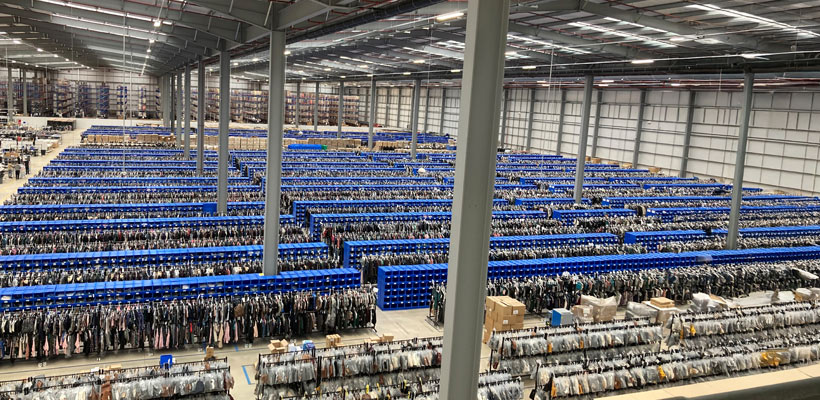
The results
How Stitch Fix benefited from the project
The new picking bin solution provided several key benefits for Stitch Fix.
Firstly, and most crucially, picking times for orders were around three times quicker with the new solution than with the previous process of using hangers and clothing rails. This time-saving, in turn, enabled quicker fulfilment of customer orders and the ability to cope with a higher volume of sales.
Secondly, the design of bins maximised space at Stitch Fix’s warehouse, allowing them to hold considerably more stock.
The defined picking locations also streamlined the returns process, helping prevent stock discrepancies.
Finally, the use of Correx material for manufacturing the bins also meant that the solution provided considerably greater longevity, lasting around four times longer than corrugated cardboard bins would have.
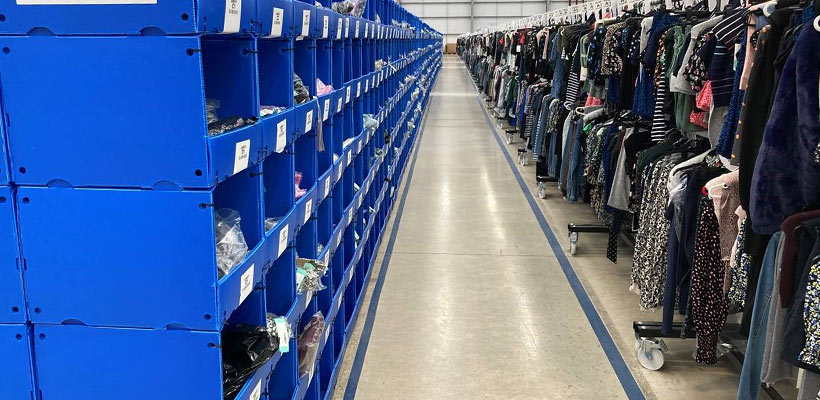
Customer feedback
Stitch Fix comments and feedback
Mahwish Jamil, Senior Operations Manager at Stitch Fix, commented on the project:
Thank you for all your help with this project. The new picking bins have made a significant difference to our order picking and the general organisation of our warehouse. It has been a pleasure working with you and the team.
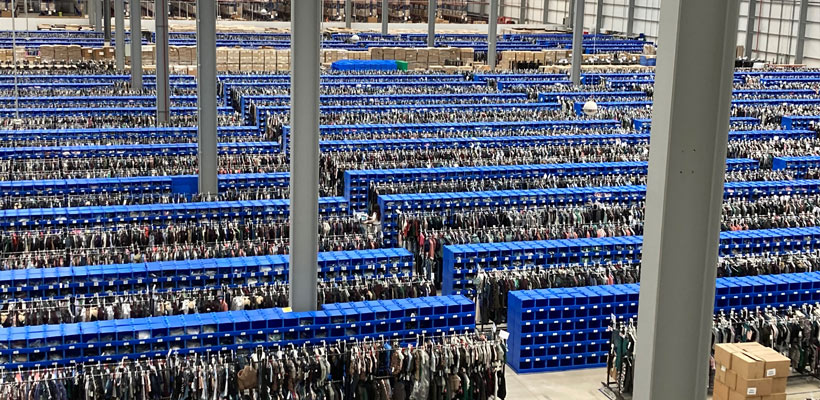
Summary
Improve your warehouse and order picking
By understanding not only the challenges Stitch Fix faced but also the possibilities offered by Correx material, the result is picking bins that provide significant benefits. Improved stock organisation, significantly quicker picking times (and therefore fulfilment), maximised space and more.
If you would like our expert design team to help you improve the performance of your picking staff and warehouse, please get in touch.
Share this article
Further reading


About the author

Emily has been involved in the returnable packaging industry for over a decade, joining GWP in 2014. She has excellent knowledge of both Correx and ESD packaging.





















